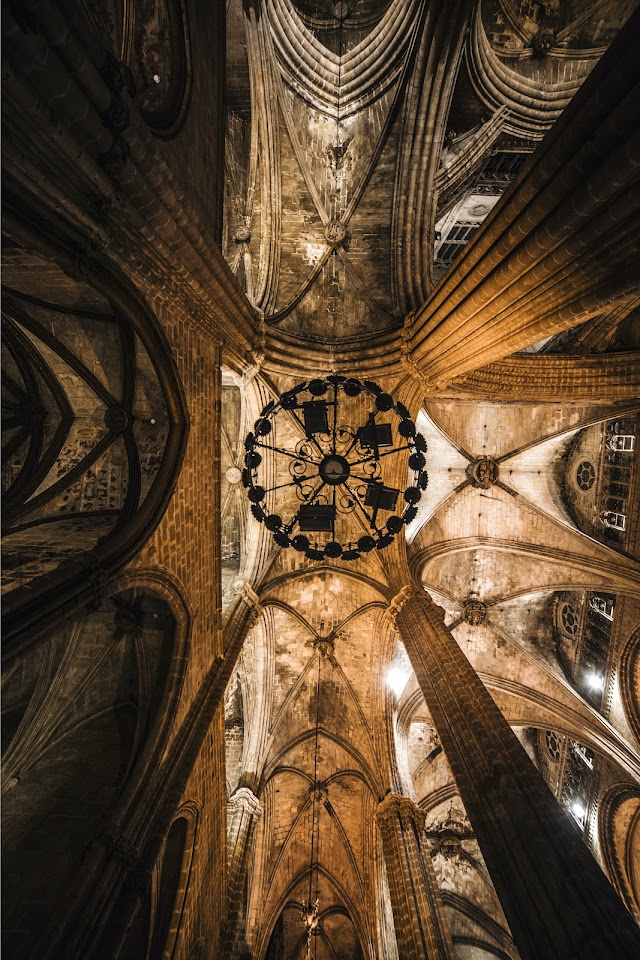The Later Victorian Age (1870-1900)
The Later Victorian Age was the era started in the reign of Victoria in the last part of the century which is lasted from 1870 to 1900.
Genres of the Later Victorian Age:
The genres in the age were poetry, novel and prose in which the renowned genre of the time was poetry and novel.
Major Figures and Works of the Later Victorian Age in genre of Poetry:
In poetry there were two kinds of movement regarding poetry;
The Pre-Raphaelite Movement In the last of the later Victorian Age, Pre-Raphaelites , started by the Dante Gabriel Rossetti as being poet of paintings and initiated the writings in natural settings and artistic manners. Their mission for a wealthy symbolic art takes them a little bit different part of conventional movement. Other names in this movement were William Morris and Christina Rossetti, who were poets, designers and societal philosophers.
Dante Gabriel Rossetti (1828-1882) was the chief of the movement who wrote painting poetry himself and promoted spiritual and moral poetical work. His famous work was ‘House of Life’, ‘Dante at Verona’, ‘The Streams Secret’ and ‘The Portrait’ consist of personal life interpretations. Moreover he wrote ‘Rose Mary’, ‘The Blessed Damozel’, ‘The White Ship’, ‘The King’s Tragedy’, ‘The Bride’s Pleasure’ and ‘Sister Helen’ were the collection of romantic poems.
Christiana Rossetti (1830-1894) was the sister of Dante Gabriel Rossetti and wrote a little bit in the spell of her brother. Her famous work was ‘Goblin Market and Other Poems’ written in 1861, ‘The Prince’s Progress’ in 1866 and later on wrote ‘A Pageant and Other Poems’ written in 1881, ‘Time Flies’ in 1885 and ‘The Face of the Deep’ were well-known work of Christiana Rosette.
In the last William Morris (1834-1896) was a poet of the movement and a painter as well. His early work was ‘The Defence of Guenevere’, ‘The Life and Death of Jason’ were artistic and narrative poems. Moreover he wrote ‘Earthly Paradise’ in 1868-1870. He also translated the series of poems Grettis and Volsunga’ and wrote poems ‘Sigured the Volsung’.
Algernon Charles Swinburne (1837-1909) was another Victorian poet who wrote famous work such as ‘Atlanta in Calydon’ in 1865, ‘Poems and Ballades’ in 1886 consisted of poems, ‘Laus Veneris’, ‘The Garden of Proserpine’, ‘The Hymn to Proserpine’, ‘The Triumph of Time’ and Itylus and Dolores’ well-known work of Swinburne. In addition, he wrote another collection of poems such as, ‘Studies in Song’ in 1880 and ‘A Century of Roundels’ in 1883 and ‘Tristram of Lyonesse’ written in 1882 a lyrical work collection.
Aesthetic Movement or the Decadent movement was the more significant in later Victorian Age. Most important figures in the group were Oscar Wilde (1856-1900), Ernest Dowson (1867-1900), Lionel Pigot Johnson (1867-1902) and Arthur Symons (18?-19?) who wrote under the statement of ‘Art for the Art’s Sake’. There most famous work was, ‘New Helen’, ‘The Garden of Eros’ and ‘Panthea’ were consist of aesthetic dogma by Oscar Wilde. Similarly Dowson wrote ‘Cynara’ and ‘Nuns of the Perpetual Adoration’ under the spell of French writers and for the Art’s sake. This movement was especially followed by Pre-Raphaelites fully based on French models of poetry.
Major Figures and Works of the Later Victorian Age in genre of Novel:
Most noticeable name in this age considered to be the modern novelist who adopted new trends while portraying the societal aspects in their stories. This group of novelists followed by early novelists of Victorian era.
George Eliot (1819-1880) wrote under the influence of modernism such as, her famous work, ‘Scenes of Clerical Life’, in 1857, ‘Adam Bede’ in 1860, ‘The Mill on the Floss’ written in 1860 and ‘Middlemarch’ in1872 were most popular work Mreover she wrote ‘Silas Marner’ in 1861, ‘Romola’ in 1863 and ‘Middle March’ written in 1871-1872.
George Meredith (1829-1900) was a woman of immense intellect and moral passion having apprehension with ethical conflicts and social problems. She also wrote comic novels renowned for their psychological insight. Her famous work was ‘The Ordeal of Richard Feverel’, ‘Evan Harrington’ written in 1861, ‘Rhoda Fleming’ in 1865, ‘Sandra Belloni’ in 1864, ‘Harry Richmond in 1871 and ‘Beauchamp’s Career’ written in 1876.
Thomas Hardy (1840-1928) was one of the greatest novelists the later period of the Victorian era. His famous work was, ‘The Woodlanders’, ‘The Return of the Native’, ‘Under the Greenwood Tree’ written in 1872, ‘Far from the Madding Crowd’ in 1874, ‘The Mayor of Casterbridge’ in 1886, ‘Tess of the d'Urbervilles’ in 1891 and ‘Jude the Obscure’ written in 1895. He also wrote novel, ‘Desperate Remedies’. His profoundly pessimistic novels are all set in the harsh; punishing Midland County he called Wessex (Wikipedia).
Robert Louis Stevenson (1850-1894) was a novelist who wrote story telling novels such as ‘Treasure Island’, ‘New Arabian Nights’, ‘Kidnapped’ and ‘The Black Arrow’ were romances and stories whereas ‘Dr. Jekyll and Mr. Hyde’, ‘Master of Ballantre’ and an incomplete novel was ‘Weir of Hermiston’ were famous work of Steveson.
George Gissing (1857-1903) wrote also famous novels such as ‘Worker in the Dawn’, ‘The Unclassed’, ‘Domes’, ‘The Emancipated’, ‘New Grub Street’ and ‘Born in Exile’ were the title based work of Gissing.
Major Figures and Works of the Later Victorian Age in genre of Prose:
Most noticeable name in the genre was John Henry Newman (1801-1890) and Walter Pater (1839-1894) who wrote under the Oxford Movement and Aesthetic Movement respectively. Oxford movement was actually the revival of lost traditions of England as was in Middle Ages. Newman wrote his great prose writings such as ‘Apologia’ in respect of getting end in Oxford movement. Similarly Pater was also well-known prose writer who wrote ‘Studies in the history of the Renaissance’ and ‘Greek Studies’ written in 1873. Later on he wrote ‘Marius the Epicurean’ for the betterment of the English history.








0 Comments